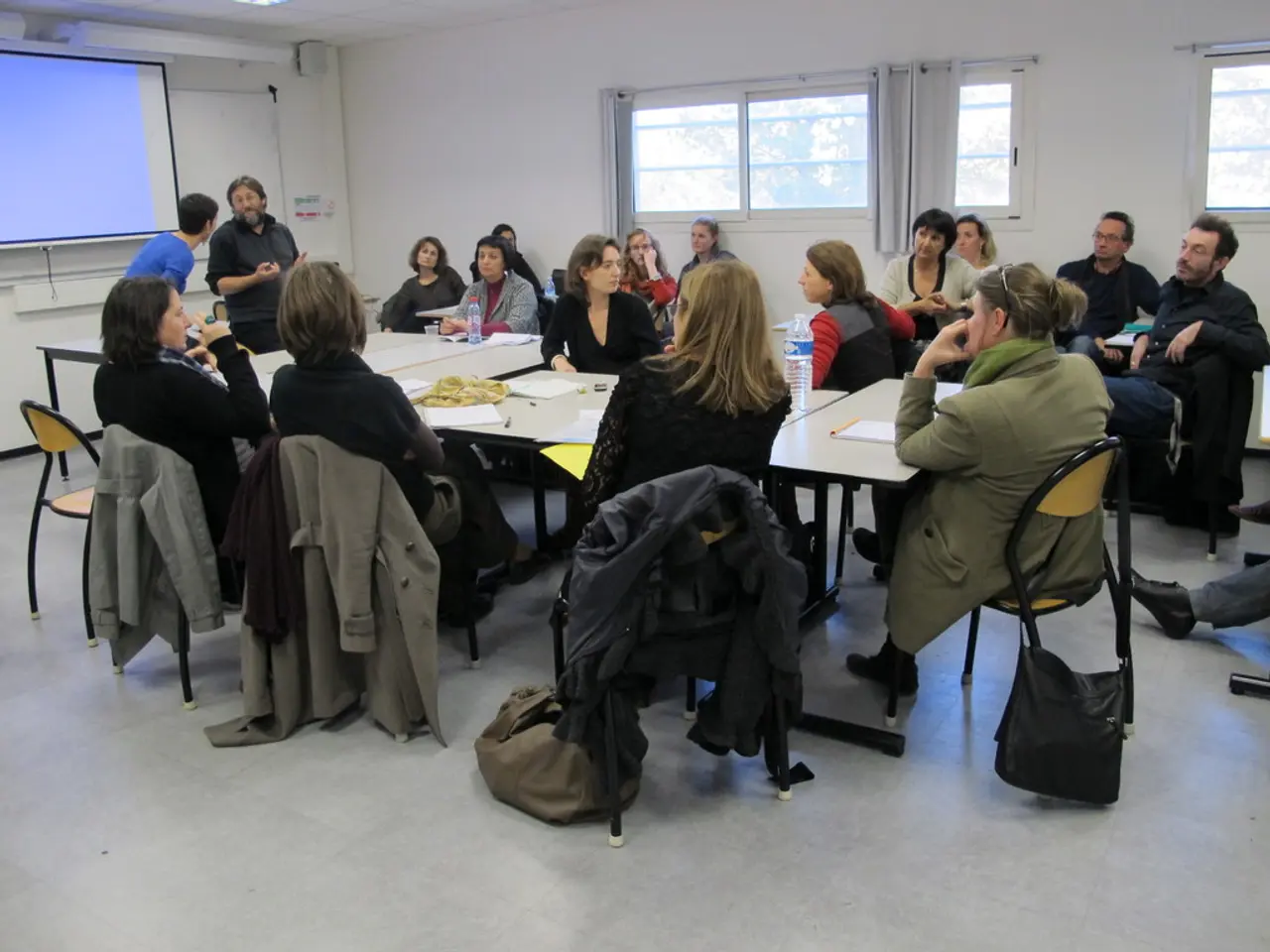The potential complexities of the 'love hormone' might be more intricate and less romantic than previously assumed.
In the intricate web of human relationships and social interactions, a hormone known as oxytocin plays a pivotal role. Embracing the complexity of oxytocin is essential to appreciate the delicate balance that underpins these fundamental aspects of our lives.
Oxytocin, often referred to as the "love hormone," is associated with fostering trust, bonding, and empathy. Its role in parent-child bonding facilitates maternal behaviors and bonding in both mothers and fathers. However, recent research reveals that oxytocin's effects on human trust, bonding, and social behavior are nuanced and highly dependent on individual differences and specific contextual factors.
Changes in bonding behaviors have been observed when researchers manipulated oxytocin levels in prairie voles, a species known for their monogamous nature. Similarly, subsequent studies found that oxytocin can promote empathy, generosity, and cooperation among humans.
However, the impact of oxytocin varies widely based on personal traits and environmental conditions. For instance, participants who received intranasal oxytocin were more willing to invest money with strangers compared to those who received a placebo. This suggests that oxytocin may increase trust and promote cooperation, but the effects can be influenced by factors such as the social context.
Moreover, oxytocin may increase defensive aggression towards out-groups, suggesting a role in group cohesion and conflict. This complexity is further highlighted by findings that oxytocin administration has been linked to heightened aggression in certain individuals.
Understanding individual differences, such as genetic variations and psychological profiles, will be crucial in developing targeted interventions with oxytocin. Variations in oxytocin receptor genes can influence the quality of parent-child bonds, for example.
Oxytocin's effects on social behavior bear resemblance to those of alcohol, impacting similar brain regions involved in stress and anxiety control. This raises concerns about the potential for adverse effects, such as increased aggression or social bias, in the therapeutic use of oxytocin.
On a molecular level, there are different oxytocin variants that may bind differently to receptors, suggesting that subtle structural differences can influence oxytocin's receptor activation and subsequent behavioral outcomes.
Research on women during hormonal transition periods such as postpartum and menopause shows oxytocin can buffer mood disturbances linked to disrupted sleep, suggesting a protective socio-emotional role that may vary by hormonal milieu. Similarly, a genetic disorder model (22q11.2 deletion syndrome) demonstrates that neonatal oxytocin administration can prevent social and sensorimotor deficits by strengthening the blood-brain barrier and reducing neuroinflammation.
These findings underscore oxytocin as a complex modulator of human sociality rather than a simple "trust hormone" or "bonding hormone," reflecting a sophisticated interplay of biology and environment. Emerging research challenges the notion of oxytocin as an unequivocal "love hormone."
This article is based on current research findings and is intended for informational purposes only, not as medical advice. For personal health concerns, please consult a qualified healthcare professional.
Oxytocin's complex nature extends beyond its traditional label as a 'love hormone,' as it significantly impacts various aspects of health-and-wellness, particularly mental-health. This hormone, through its influence on empathy, generosity, and cooperation among individuals, can be viewed as a key factor in health-and-wellness and therapies-and-treatments, given its potential for promoting positive social behavior.




